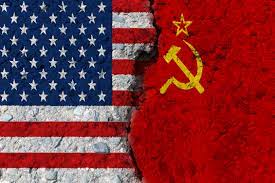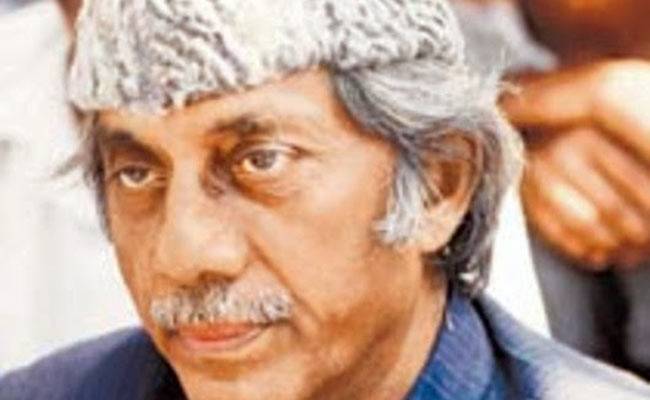The Cold War was a period of geopolitical tension and rivalry between the United States and its NATO allies on one side and the Soviet Union and its allies in the Warsaw Pact on the other. It lasted roughly from the end of World War II in 1945 until the dissolution of the Soviet Union in 1991. Here’s a descriptive overview of the Cold War:
- Origins:
- The Cold War emerged from the ideological, political, and military tensions that arose between the United States and the Soviet Union after World War II.
- Differences in political systems (capitalism vs. communism), conflicting strategic interests, and mutual distrust fueled the rivalry.
- Key Features:
- Ideological Conflict: Capitalism vs. Communism – The Cold War was not fought with direct military confrontation but was characterized by intense ideological competition, propaganda, and espionage.
- Arms Race: Both superpowers engaged in an arms race, developing and stockpiling nuclear weapons and conventional military forces, leading to the concept of Mutually Assured Destruction (MAD).
- Proxy Wars: Conflicts occurred in various regions, with the superpowers supporting opposing sides indirectly. Examples include the Korean War, Vietnam War, and conflicts in Africa and Latin America.
- Space Race: Competition extended to space exploration, with both sides striving to achieve technological superiority, highlighted by the launch of Sputnik by the Soviet Union in 1957 and the subsequent Apollo moon landings by the United States.
- Bipolar World:
- The Cold War divided the world into two blocs: the Western Bloc led by the United States and the Eastern Bloc led by the Soviet Union. Countries aligned themselves with either bloc based on ideological affinity or strategic interests.
- Containment Policy:
- The United States adopted a policy of containment, aiming to prevent the spread of communism, leading to interventions in various regions and the establishment of military alliances such as NATO.
- The Truman Doctrine and the Marshall Plan were key components of this policy, providing economic and military aid to countries threatened by communist expansion.
- Thaw and Detente:
- Periods of relative relaxation of tensions occurred, known as detente, marked by negotiations, arms control agreements, and cultural exchanges.
- Examples include the Cuban Missile Crisis in 1962, the signing of the Nuclear Non-Proliferation Treaty in 1968, and the Strategic Arms Limitation Talks (SALT).
- End of the Cold War:
- The Cold War came to an end with the collapse of the Soviet Union in 1991, resulting in the dissolution of the Eastern Bloc and the emergence of new independent states.
- The fall of the Berlin Wall in 1989 symbolized the end of the division of Europe and the beginning of a new era of global relations.






